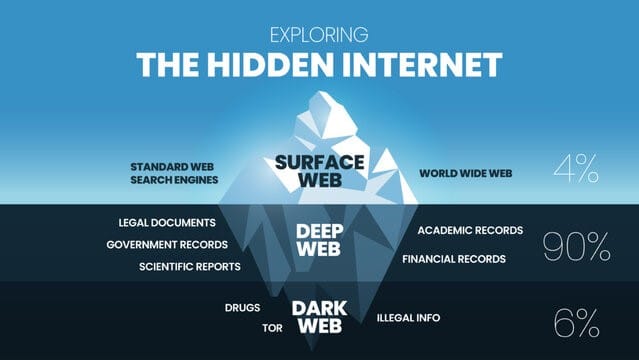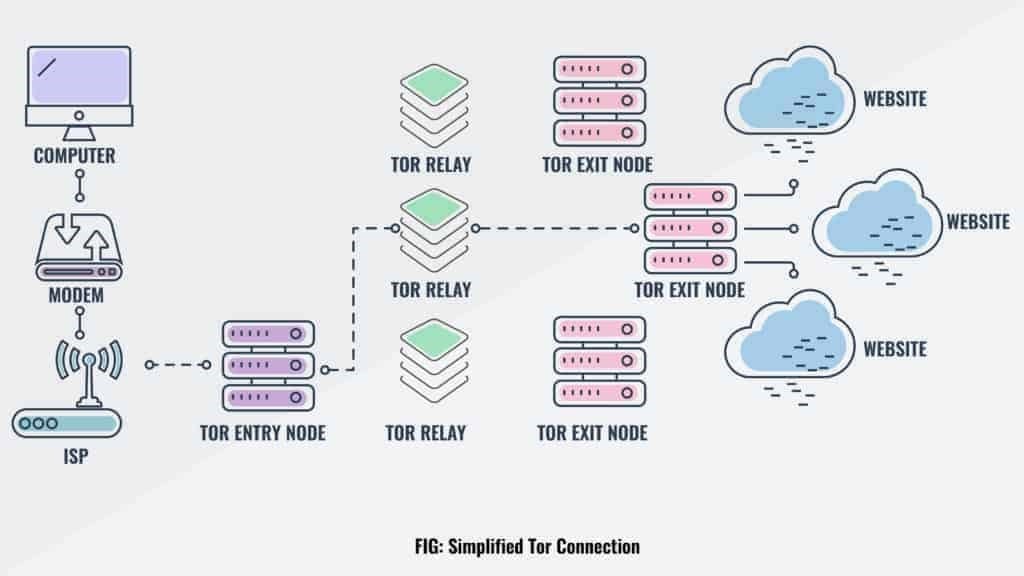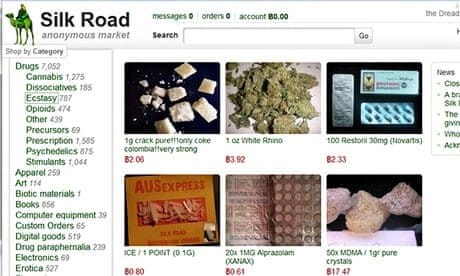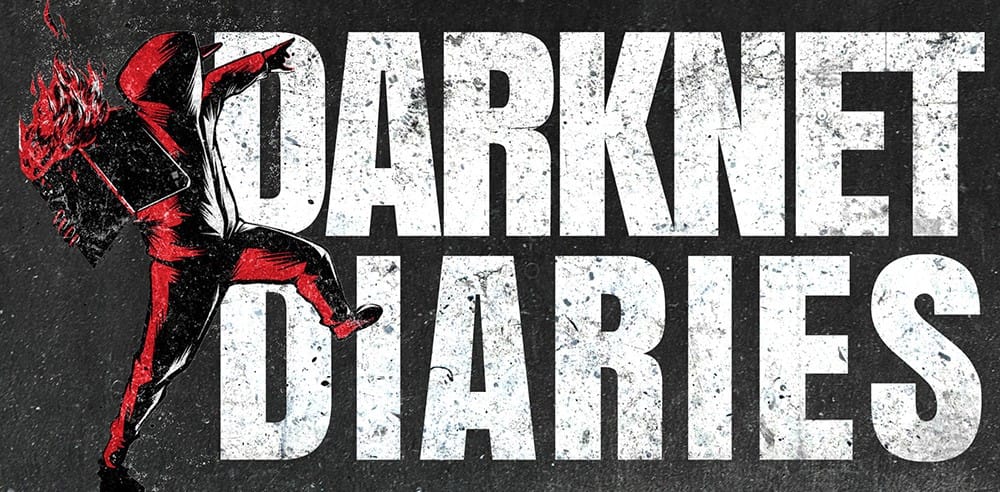Darknet: Some things you may want to know


The Internet is an ever-growing place that is often referred to as an iceberg of sorts. Above the water is the “surface web,” more commonly known as the Clearnet. This is the part of the Internet that is accessible by search engines. Every website you have visited through Google or other browsers likely belongs to the Clearnet. This is also known as the traditional World Wide Web. It makes up a very small part of the Internet, less than 10%. The rest of the Internet is referred to as the Deep Web. The deep web is the area of the internet which is not indexed by a search engine. This means you can’t type in the name of the website you are searching for and get a list of options. You are in the dark. To access a specific website, you must know its particular URL. The Darknet is a subset of this deep web and is even more hidden. Unlike the rest of the Deep Web, it provides anonymity through advanced encryption methods to hide the identity of its users and website operators. To access the Darknet, you must acquire specialised software like the Tor browser.

The Tor Browser serves as the gateway to exploring the Darknet. Let's look at how it works. It uses a technique called “Onion routing”. When a user accesses a website through Tor, his request is encrypted and routed through three or more random “Onion” routers. These routers only know the previous router and the router they will send the data to. They do not know the entire root or the original sender's address. This re-routing makes it very difficult to trace the source of the traffic. Tor also allows the publication of hidden websites. These end with .onion, and the server location is completely hidden. To access one of these, the user will first need to access the services descriptor in a distributed hash table, which provides the address of introduction points. The user connects to one of these, and that point sends the user to a randomly accessed rendezvous point, which then connects the user to the hidden service.

When conducting research on the dark web, an interesting phenomenon was found - a sort of arms race between the branches of the US government. The dark web was created by the US Department of Defense in the late 1990s and is still being funded for the purpose of providing a safe communication tunnel for spies and whistle-blowers, that would be trying to communicate from countries with oppressive totalitarian regimes in place. The network was not originally available to the public yet, but after the introduction of the previously mentioned Tor browser, anyone could have access to it. However, with the introduction of Bitcoin, a fully anonymous cryptocurrency by a man with the alias Satoshi Nakamoto, the dark net started to use its anonymity to host marketplaces where arms, drugs and more could be purchased fully anonymously. The FBI, unlike the Department of Defense, is responsible for policing as much of the Darknet as possible, by de-anonymizing the people behind those websites. They do this by inserting special nodes into the network that allow them to trace locations and identities of certain Tor web pages and entities. This has proved quite successful for the first time in 2014, when Silk Road 2.0, the biggest drug marketplace at the time, boasting about 1.2 billion USD worth of unlawful transactions, was shut down. Following that in 2017 Alpha Bay and Hansa market – 2 of Silk Road’s biggest successors were also shut down. In 2019, the Financial Task Force issued new guidelines of cryptocurrencies, urging them to show the sender and recipient of each transaction in order to aid in this war in the dark.

The Deep Web and the Darknet are mysterious places where everyone is anonymous and cannot be trusted. It's a perfect breeding ground for criminal, illegal activity. However, within these depths are zettabytes of data hidden from everyone. Whether it be thousands of worthwhile stories or knowledge you will not be taught in any institution, it is a place worth exploring. I can recommend the Darknet Diaries podcast, https://darknetdiaries.com/, for looking at coverage of some interesting incidents that occurred on the hidden network. With the internet expanding, there is no point in hiding the darknet's existence or the presence of illegal websites; rather, all should be educated on using this vast resource to their advantage.